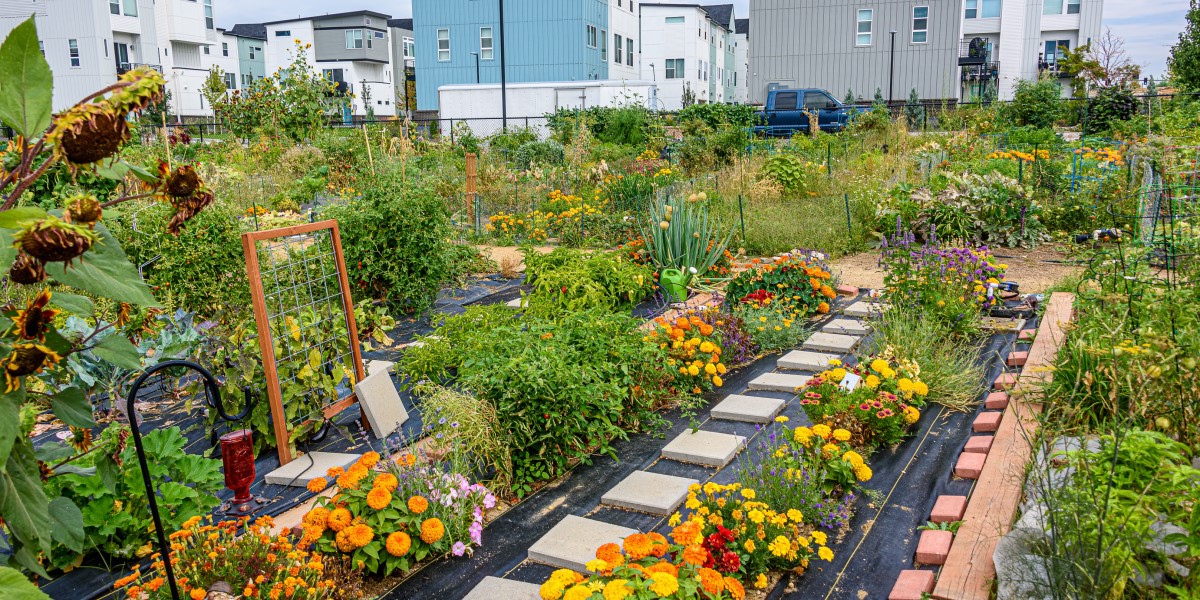Envisioning neighborhoods that range from micro-economies to climate-crisis-adaptive

Smart Growth has changed the way we think about our communities. Cities, towns, and counties throughout Maryland have been engaged in the political challenge of implementation, which may encourage the reimagination of Smart Growth in the coming decade to further refine local planning. One might envision neighborhoods that are:
Mixed Use Supporting Sustainable Jobs and Micro-Economies
Building consensus on local decision-making often requires a bottom-line goal of supporting jobs and building tax bases that can be used to fund and accelerate the following approaches. Globally, millions of creative and innovative jobs will continue and increase to address health, culture, local and new business start-ups, equity, and resilience. Basing locally improves the quality of life, while saving time and energy.
Healthy
Preventative health care includes nutritious food, exercise, clean air and water, easy access to quality health providers and related businesses. Zoning can promote both urban agriculture and the farming legacy of rural communities. Transportation planning can incentivize walking, biking, and running. Farmers markets, fun-runs, and eating locally build community while strengthening sales for local food producers and fitness-related business. Reading and relaxing in a transit commute instead of road rage is a good prescription for less stress and mental health.
Creative and Innovative
Good food in schools is one foundation for communities to support the many benefits of creative and artistic growth of youth. Blueprint for Better Maryland funding will strengthen educational support of student expression. Complementary cultural richness in public space, galleries, with loft shapes and housing to support creative communities, made viable through increased density and tax bases in artistic hubs.
Just, Inclusive, and Engaged
Just, diverse, and inclusive communities create an immersive experience of fairness and civic engagement. Trust-building and respectful dialogue—in schools and everyday life—strengthen democracy. Equal access to housing, employment, education, and health opportunities for every family are envisioned in a democracy. Communities zoned to achieve these goals unleash the power of every individual to make a difference.
Climate Crisis Adaptive
Earth’s warming is already altering lives. Leading communities embrace clean energy and energy-efficiency. The integrated management of water resources through rain harvesting (e.g., green roofs, walls, rain gardens) and re-use of water will reduce consumption. Better plumbing supports jobs and reduces water waste. Communities on decentralized closed loop water systems reduce energy and water expenditure by centralized systems. Co-benefits of trees, green space, and soil health maintenance include carbon sequestration along with reduced erosion and sedimentation. Wetlands protect communities from the increased flooding and intense rain events that will be experienced in the coming decades. Architecture and planning accommodating rising water levels will reduce property and productivity loss caused by devastating storms.
Many of the reconsidered qualities of Smart Growth have been enjoyed by Maryland municipalities engaged in the Sustainable Maryland certification program, which began in 2011. Any neighborhood can review the menu of options that include and promote many of the practices of modern smart growth communities, and choose action now tailored to any locality that will improve quality of life while helping to save the planet.
This article was originally published in the October 2023 edition of the Maryland Municipal League’s publication, The Local (pgs. 15-16). Written by Andrew M. Fellows, Faculty Research Specialist at the University of Maryland (UMD) College of Information Studies; Director of the UMD Campus Community Connection initiative; Affiliate Faculty member at the UMD College of Architecture, Planning & Preservation’s National Center for Smart Growth.